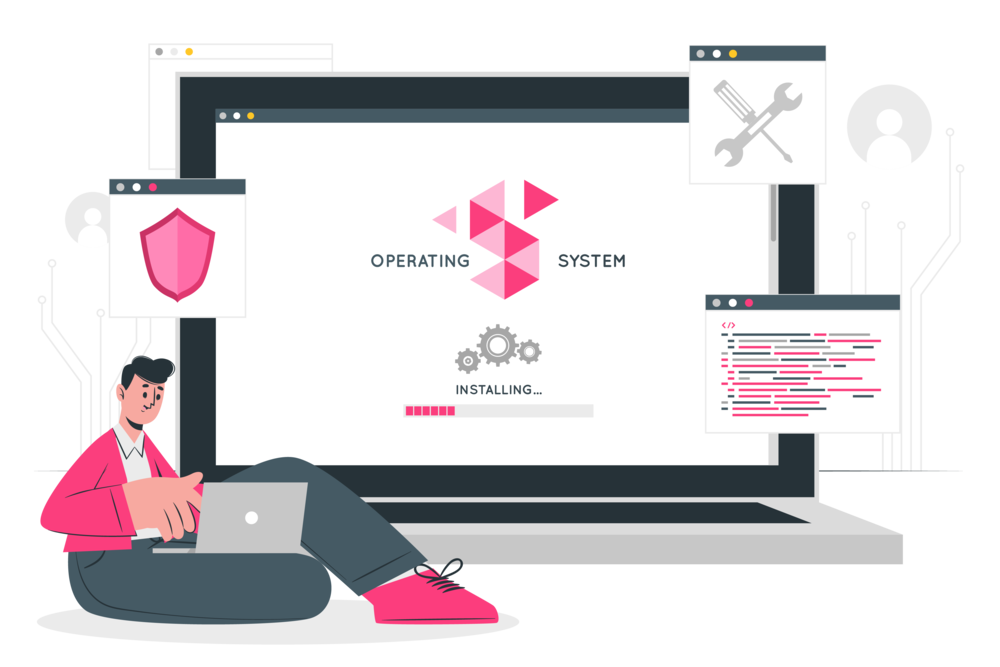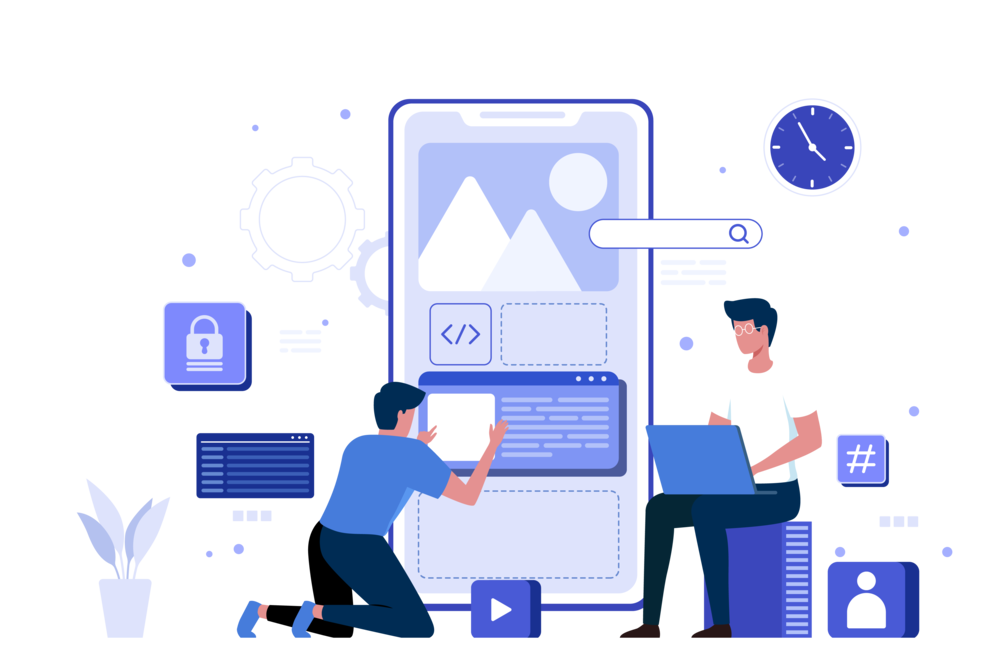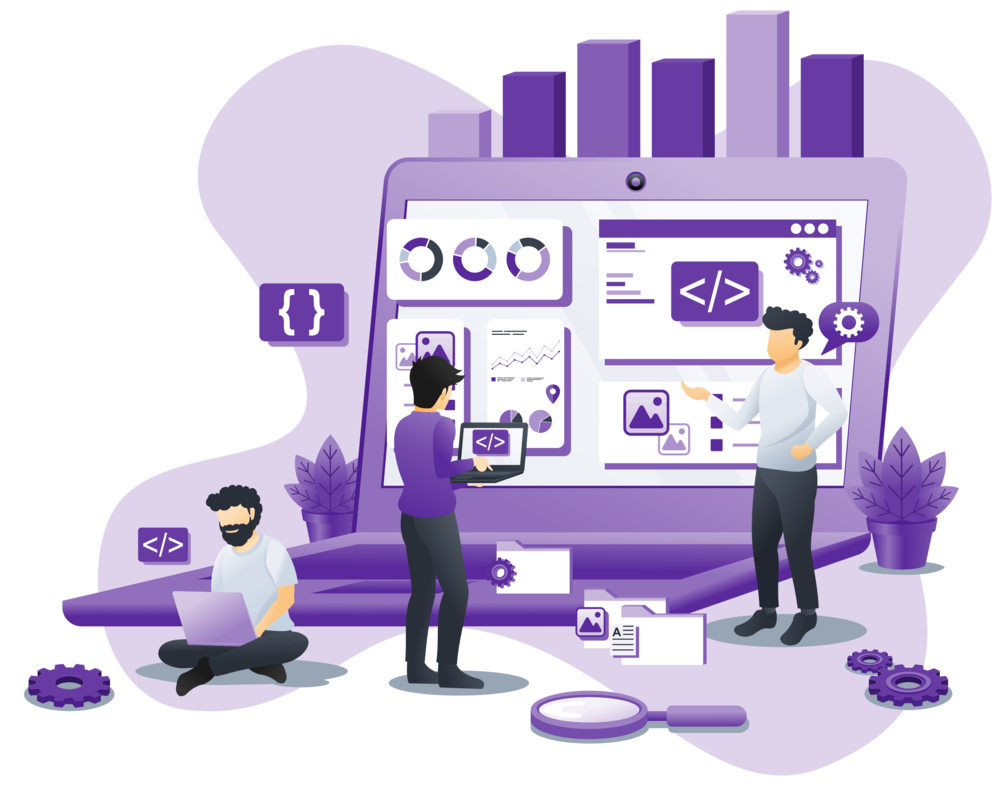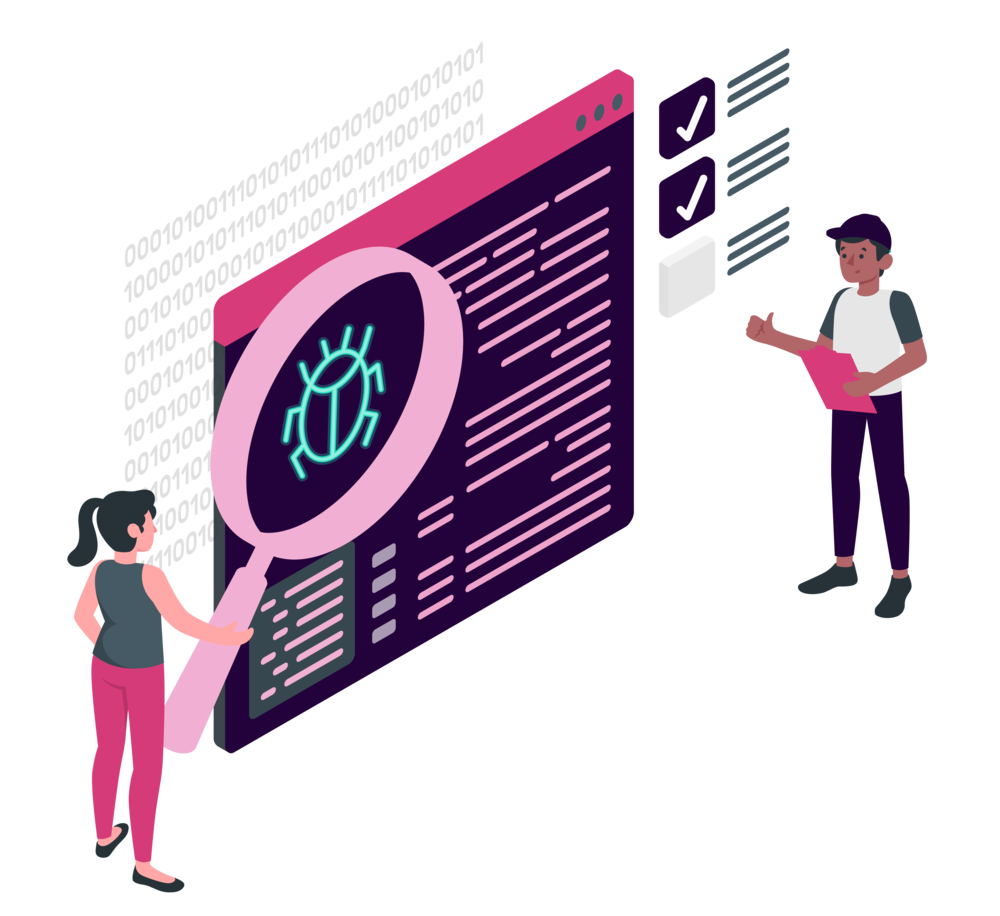Agile Software Development Team Structure: A Comprehensive Introduction
Staying agile is essential for survival in the fast-paced world of software development. The Agile methodology has revolutionized the way teams approach software development, emphasizing flexibility, collaboration, and responsiveness to customer needs. One crucial aspect of successful Agile implementation is the team structure. In this comprehensive guide, we will explore the ins and outs of Agile software development team structure, its key characteristics, roles, responsibilities, benefits, and how to measure success.
What is an Agile Software Development Team Structure?
An Agile software development team structure is a framework that enables teams to work efficiently and effectively within the Agile methodology. It is characterized by several key features:
- Cross-Functional Teams: Agile teams are composed of individuals with diverse skill sets, including developers, designers, and quality assurance engineers. This diversity ensures that all necessary expertise is present within the team to deliver a complete product.
- Customer-Centric: Agile teams prioritize customer satisfaction by constantly engaging with stakeholders and adapting their work based on customer feedback. This customer focus drives product development in the right direction.
- Iterative and Incremental: Agile emphasizes breaking down the project into smaller, manageable chunks known as iterations or sprints. Each sprint delivers a potentially shippable increment of the product, allowing for regular releases and flexibility in adapting to changing requirements.
- Continuous Improvement: Agile teams promote a culture of continuous improvement. They regularly reflect on their processes and outcomes, seeking ways to enhance efficiency, quality, and collaboration.

What Agile Software Development Team Structure Looks Like?
In an Agile software development team structure, several key roles come together to ensure the success of the project. Let's dive into these roles and their responsibilities:
Product Owner:
The Product Owner is the champion of the customer within the Agile team. Their primary responsibility is to represent the needs and desires of the customer, acting as the bridge between the development team and stakeholders. Key responsibilities include:
- Prioritizing the Product Backlog: The Product Owner maintains a prioritized list of user stories or features in the product backlog, ensuring that the team works on the most valuable items first.
- Setting the Vision: They define the product's vision and goals, providing a clear direction for the team to follow.
- Making Decisions: Product Owners make critical decisions during development, answering questions, and providing clarity on requirements.
Scrum Master
The Scrum Master is the guardian of the Agile process. They ensure that the team follows Agile principles and practices, facilitating the Scrum framework (commonly used in Agile). Key responsibilities include:
- Removing Obstacles: Scrum Masters remove impediments and obstacles that hinder the team's progress, enabling them to work smoothly.
- Facilitating Meetings: They facilitate Scrum events, including daily stand-ups, sprint planning, sprint review, and sprint retrospective meetings.
- Coaching and Mentoring: Scrum Masters coach team members and foster a culture of continuous improvement.
Development Team:
The Development Team is at the heart of product development. This cross-functional group includes developers, designers, and quality assurance engineers, among others. Key responsibilities include:
Developers:
Developers are the driving force behind product development. They are responsible for writing code, implementing features, and ensuring the technical aspects of the product align with the requirements. Their key responsibilities are:
- Write code to implement features and functionality.
- Collaborate with other team members to ensure the technical aspects of the product align with requirements.
- Debug and troubleshoot issues in the code.
- Participate in code reviews to maintain code quality.
- Ensure that code is maintainable and scalable.
- Stay up-to-date with industry best practices and new technologies.
Designers:
Designers focus on the user experience and user interface (UX/UI) of the product. They work closely with developers to create intuitive and visually appealing interfaces that enhance user satisfaction. Below are their key functions:
- Focus on designing the user experience (UX) and user interface (UI) of the product.
- Create wireframes, mockups, and prototypes to visualize design concepts.
- Collaborate closely with developers to ensure design elements are implemented as intended.
- Conduct user research and usability testing to inform design decisions.
Quality Assurance Engineers:
Quality Assurance Engineers are responsible for testing the product to identify defects, ensuring it meets quality standards, and validating that it functions as intended. Their roles include:
- Develop comprehensive test plans and test cases based on product requirements.
- Execute manual and automated tests to identify defects and ensure feature functionality.
- Validate that the product meets quality standards and performs as intended.
- Document and report defects with clear steps to reproduce.
What makes a good Agile QA tester? Discover more on this blog:
Agile testers and their mindset in project development
Business Analysts:
Business Analysts gather and analyze business requirements, helping the team align its work with overall business goals and objectives. They serve as a bridge between technical and non-technical stakeholders. Their primary tasks are:
- Gather detailed business requirements through stakeholder engagement.
- Analyze and document business requirements, translating them into user stories or feature requests.
- Prioritize requirements based on business value, impact, and feasibility.
- Act as a liaison between technical and non-technical stakeholders to facilitate communication.
- Ensure that the development team's work aligns with overall business goals and objectives.
- Create and maintain clear documentation, including user stories and acceptance criteria.

Benefits of Using an Agile Software Development Team Structure
Implementing an Agile software development organizational structure offers a plethora of advantages for organizations:
- Faster Time-to-Market: Agile teams deliver smaller, incremental releases, allowing organizations to get valuable features in the hands of customers sooner.
- Improved Customer Satisfaction: Constant feedback loops and customer involvement ensure that the final product aligns with customer needs and expectations.
- Adaptability: Agile teams can quickly respond to changing requirements or market conditions, making it easier to pivot when needed.
- Higher Quality: Continuous testing and collaboration result in a more robust product with fewer defects.
- Enhanced Collaboration: Cross-functional teams promote collaboration and knowledge sharing, leading to better problem-solving and innovation.
- Transparency: Agile teams maintain transparency through regular status updates, enabling stakeholders to track progress and make informed decisions.
- Higher Employee Morale: Empowered teams have more ownership and autonomy, leading to increased job satisfaction and productivity.
- Risk Mitigation: Smaller, incremental releases reduce the risk associated with large-scale, monolithic projects.

How to Organize an Effective Software Development Team?
To build an effective Agile software development team, consider the following steps:
1. Identify Team Members:
Building the right team is crucial for success. When identifying team members:
- Diversity: Assemble a cross-functional team with a diverse set of skills, including developers, designers, quality assurance engineers, and business analysts. This ensures that all aspects of product development are covered.
- Experience: Consider the experience level of team members. A mix of seasoned professionals and fresh talent can bring fresh perspectives and mentorship opportunities.
- Team Dynamics: Pay attention to how team members work together. Building a team with strong collaboration and communication skills is essential.
2. Select a Product Owner:
Choosing the right Product Owner is critical for effective Agile development:
- Customer Focus: Select someone who can empathize with customers and has a deep understanding of their needs and pain points.
- Prioritization Skills: The Product Owner should be skilled at prioritizing features and user stories to maximize the product's value.
- Visionary Leadership: A good Product Owner sets a clear vision for the product and keeps the team aligned with long-term goals.
3. Appoint a Scrum Master:
The Scrum Master is the guardian of the Agile process and team dynamics:
- Agile Expertise: Ensure that the Scrum Master is well-versed in Agile methodologies and practices, such as Scrum, Kanban, or Lean.
- Facilitation Skills: They should be capable of facilitating Scrum events effectively and removing impediments that hinder the team's progress.
- Servant Leadership: Encourage a servant-leadership mindset, where the Scrum Master supports and enables the team's self-organization.
4. Define Roles and Responsibilities:
Clarity in roles and responsibilities minimizes confusion and overlaps:
- Job Descriptions: Develop clear job descriptions or role definitions for each team member, including expectations and boundaries.
- Responsibility Matrix: Create a responsibility matrix or RACI chart (Responsible, Accountable, Consulted, Informed) to outline who does what in various situations.
- Regular Reviews: Periodically review and adjust roles and responsibilities as the team evolves and as project needs change.
5. Create a Collaborative Environment:
Fostering a culture of collaboration and trust is essential:
- Open Communication: Encourage team members to openly communicate, ask questions, and provide feedback without fear of reprisal.
- Team-Building Activities: Organize team-building activities and workshops to strengthen relationships and improve collaboration.
- Conflict Resolution: Develop mechanisms for resolving conflicts constructively to maintain a healthy team dynamic.
6. Provide Training and Support:
Invest in the growth and development of your team:
- Training Opportunities: Identify training needs and provide resources or budget for team members to enhance their skills.
- Mentorship: Promote mentorship within the team, where experienced members can guide and mentor less experienced colleagues.
- Continuous Learning: Encourage a culture of continuous learning, where team members stay updated with industry best practices and emerging technologies.
7. Establish Clear Goals:
Clearly defined objectives and a product vision keep the team motivated and aligned:
- SMART Goals: Set Specific, Measurable, Achievable, Relevant, and Time-bound goals to provide a clear direction.
- Product Vision: Share the product vision with the team, helping them understand how their work contributes to the bigger picture.
- Regular Review: Regularly revisit and update goals to adapt to changing market conditions or customer feedback.
8. Implement Agile Tools:
Utilize Agile tools to streamline work management and track progress:
- Project Management Software: Invest in project management software that supports Agile practices, such as Jira, Trello, or Asana.
- Digital Boards: Create digital boards (Kanban or Scrum boards) to visualize work and workflow, enhancing transparency.
- Collaboration Platforms: Use collaboration platforms like Slack or Microsoft Teams to facilitate communication and information sharing within the team.

How to Measure the Success of an Agile Software Development Team
Measuring the success of an Agile software development team involves both qualitative and quantitative metrics:
- Velocity: Velocity measures the amount of work a team can complete in a sprint. It helps teams predict future work and adapt their capacity accordingly.
- Customer Satisfaction: Collect feedback from customers and stakeholders to gauge their satisfaction with the product and the team's responsiveness to their needs.
- Quality Metrics: Track defect rates, code quality, and the number of escaped defects to assess the product's quality.
- Cycle Time: Measure the time it takes for a user story or feature to go from the backlog to a shippable state. Shorter cycle times indicate efficiency.
- Burndown Charts: Use burndown charts to visualize progress throughout a sprint and identify any deviations from the planned work.
- Team Morale: Regularly assess team morale through surveys or discussions to gauge job satisfaction and identify areas for improvement.
- Business Value Delivered: Quantify the business value delivered by the team, such as revenue generated or cost savings achieved.
- Adaptation to Change: Evaluate how effectively the team adapts to changing requirements and market conditions.
Incorporating these metrics into your Agile software development organizational structure evaluation will provide a well-rounded view of the team's performance and the success of the Agile implementation.

Final Thought:
In conclusion, an Agile software development team structure is the backbone of successful Agile projects. By embracing cross-functional teams, customer-centricity, and continuous improvement, organizations can harness the power of Agile methodologies to deliver high-quality software products efficiently and adapt to the ever-changing demands of the market. To create the best software development team structure, organizations should track various metrics that reflect team performance, customer satisfaction, and the value delivered to the business. With the right structure and a commitment to Agile principles, teams can build software solutions that truly resonate with their customers and drive business success.
If you are looking for a trusted IT partner, VNEXT Global is the ideal choice. With 14+ years of experience, we surely can help you to optimize your business digitalization within a small budget and short time. Currently, we have 400+ IT consultants and developers in Mobile App, Web App, System Development, Blockchain Development and Testing Services. We have provided solutions to 600+ projects in several industries for clients worldwide. We are willing to become a companion on your way to success. Please tell us when is convenient for you to have an online meeting to discuss this further. Have a nice day!












